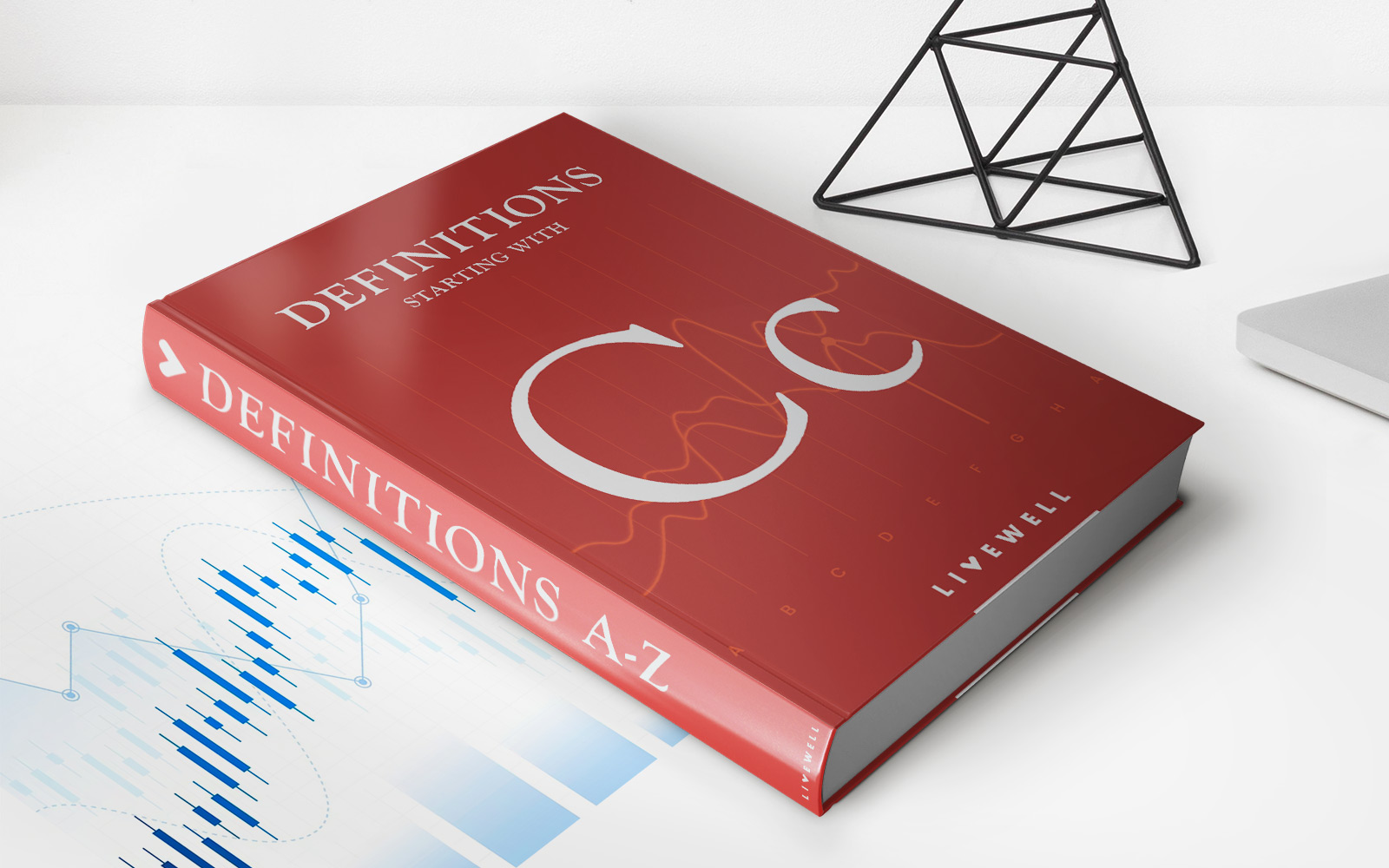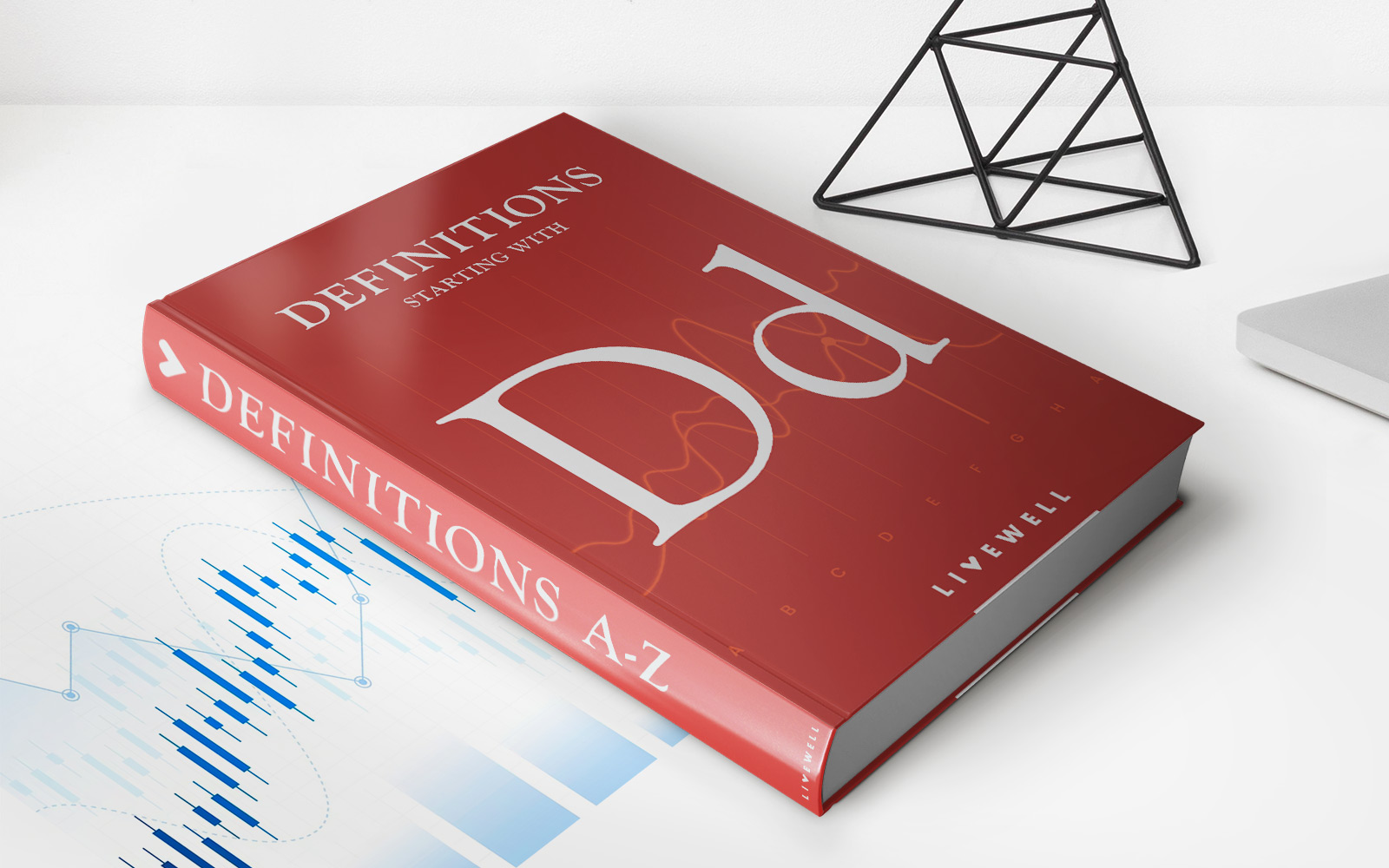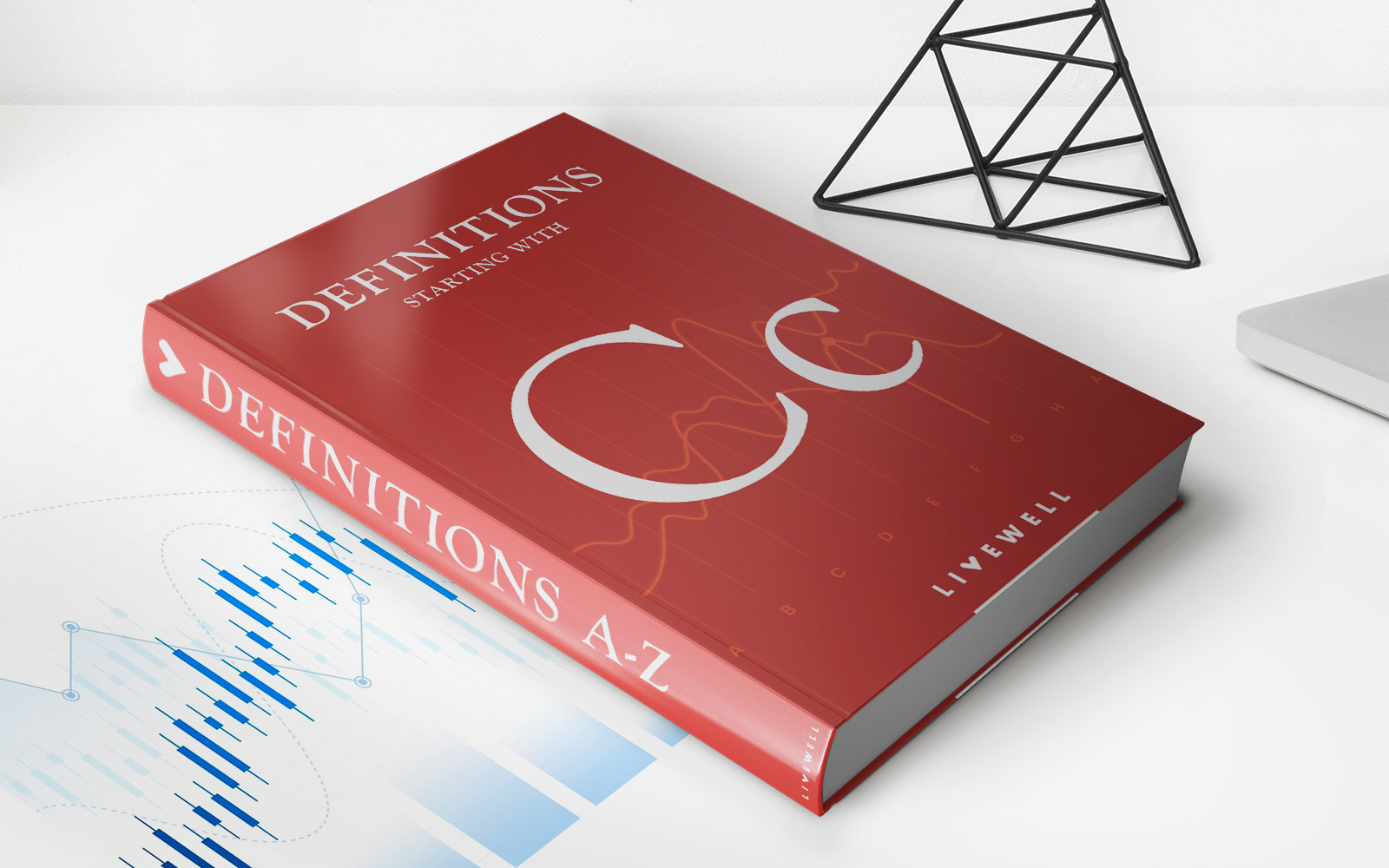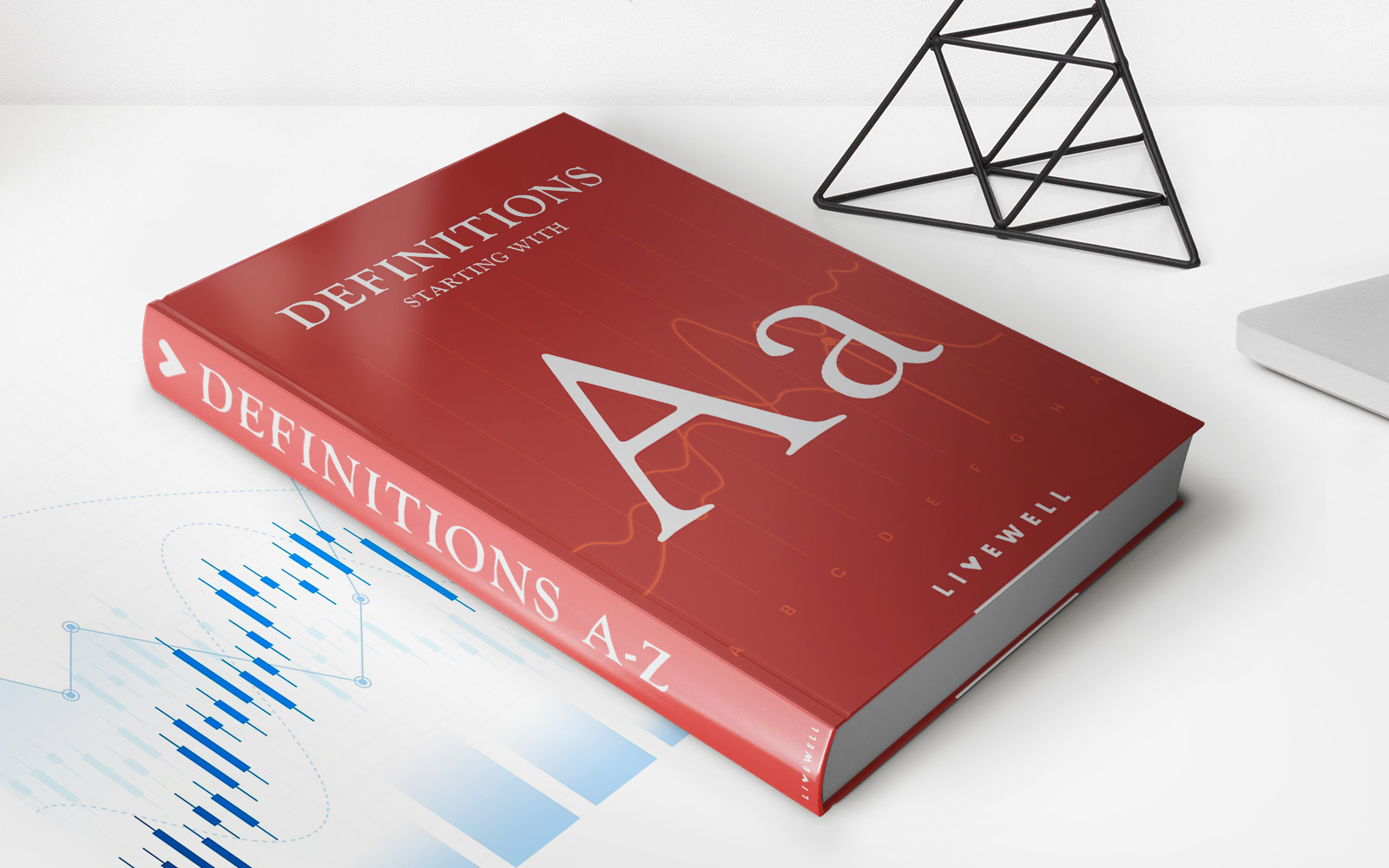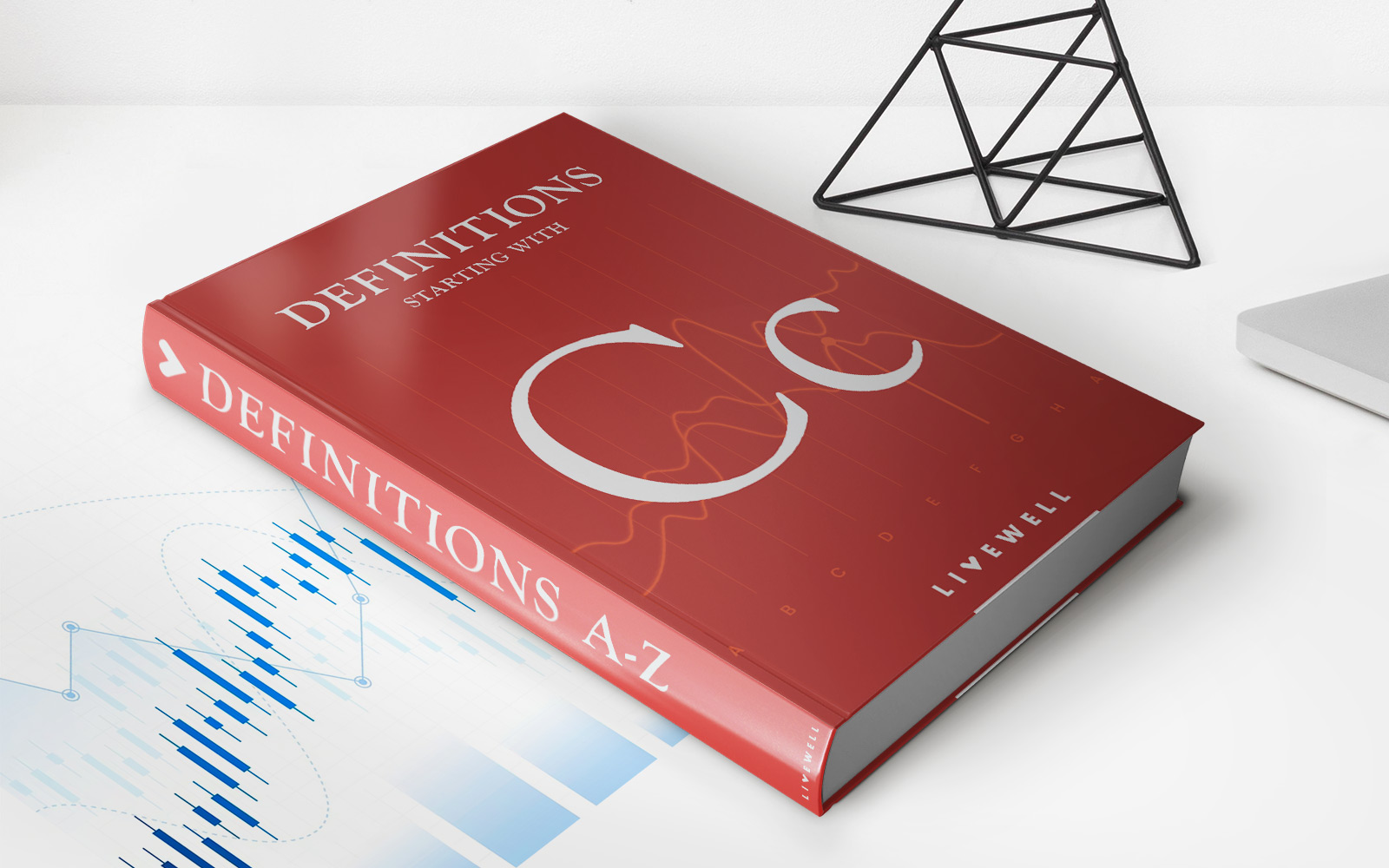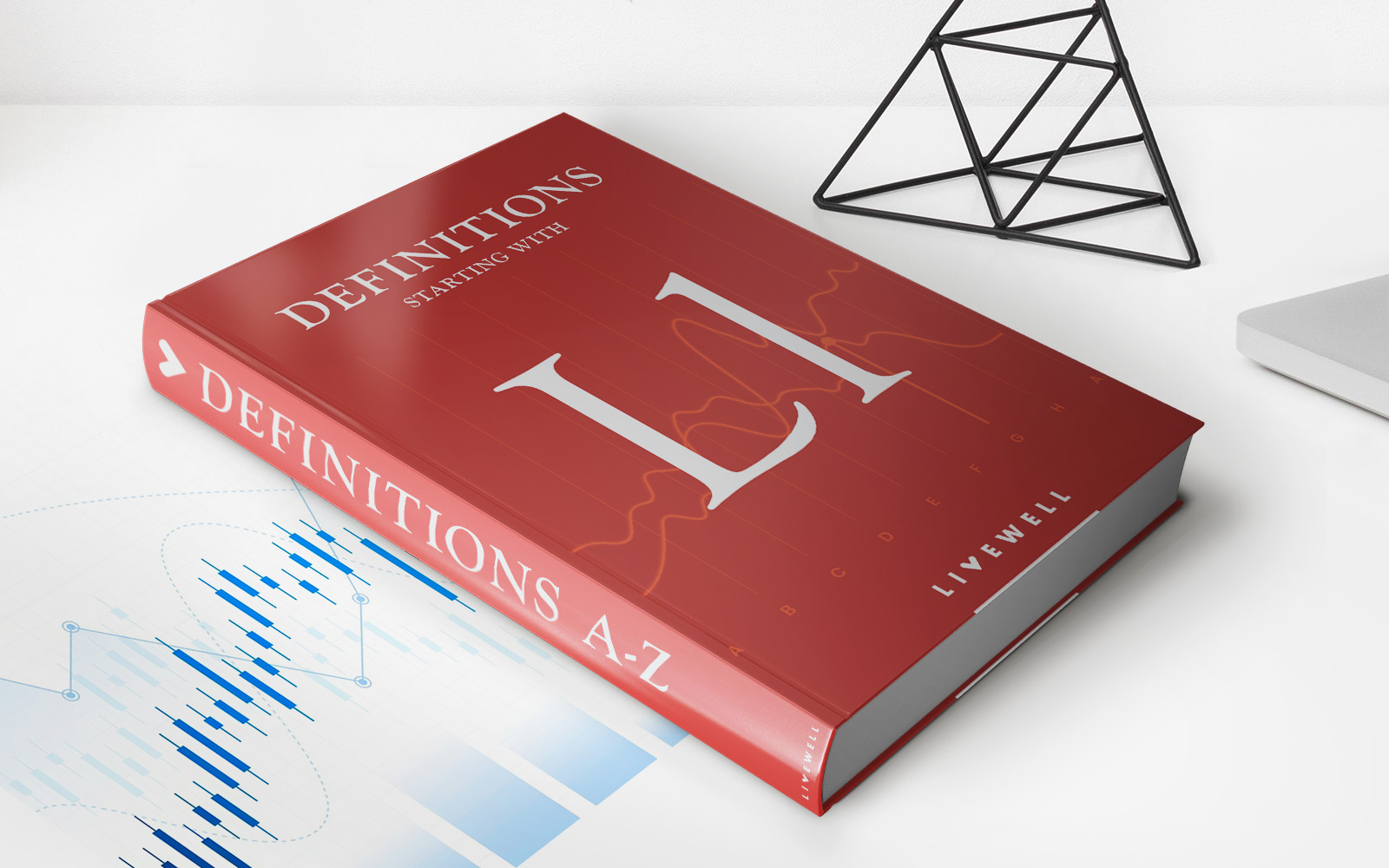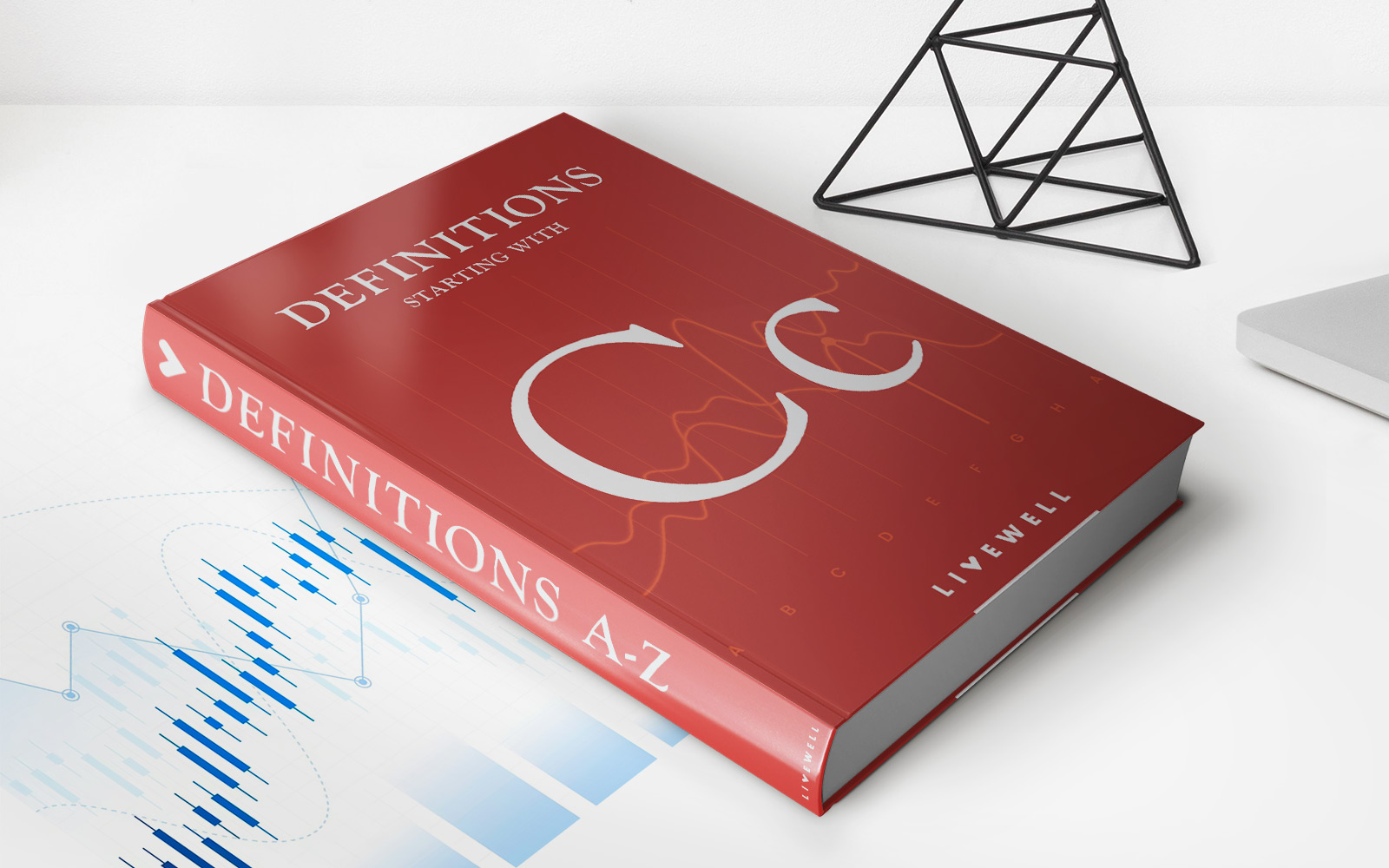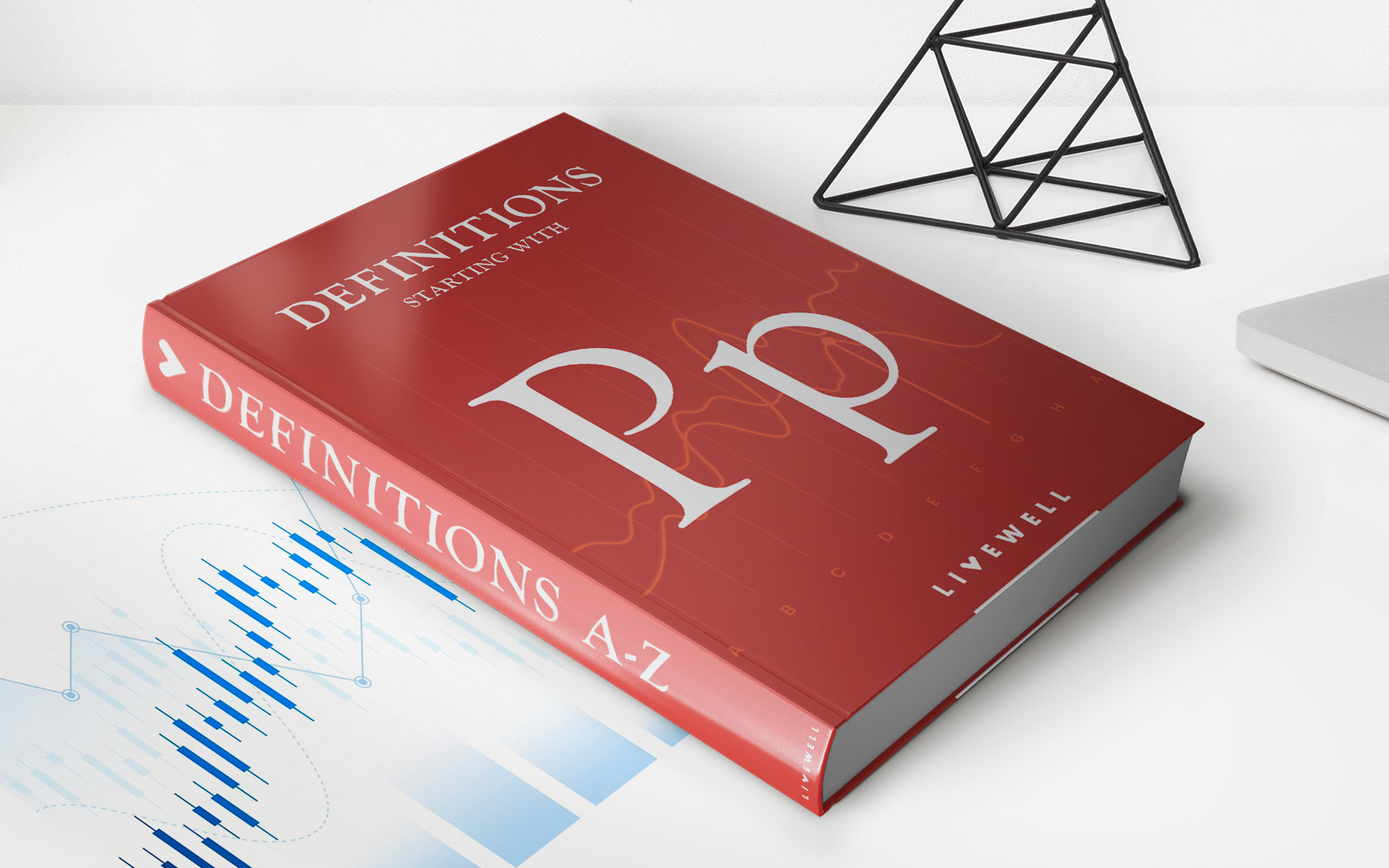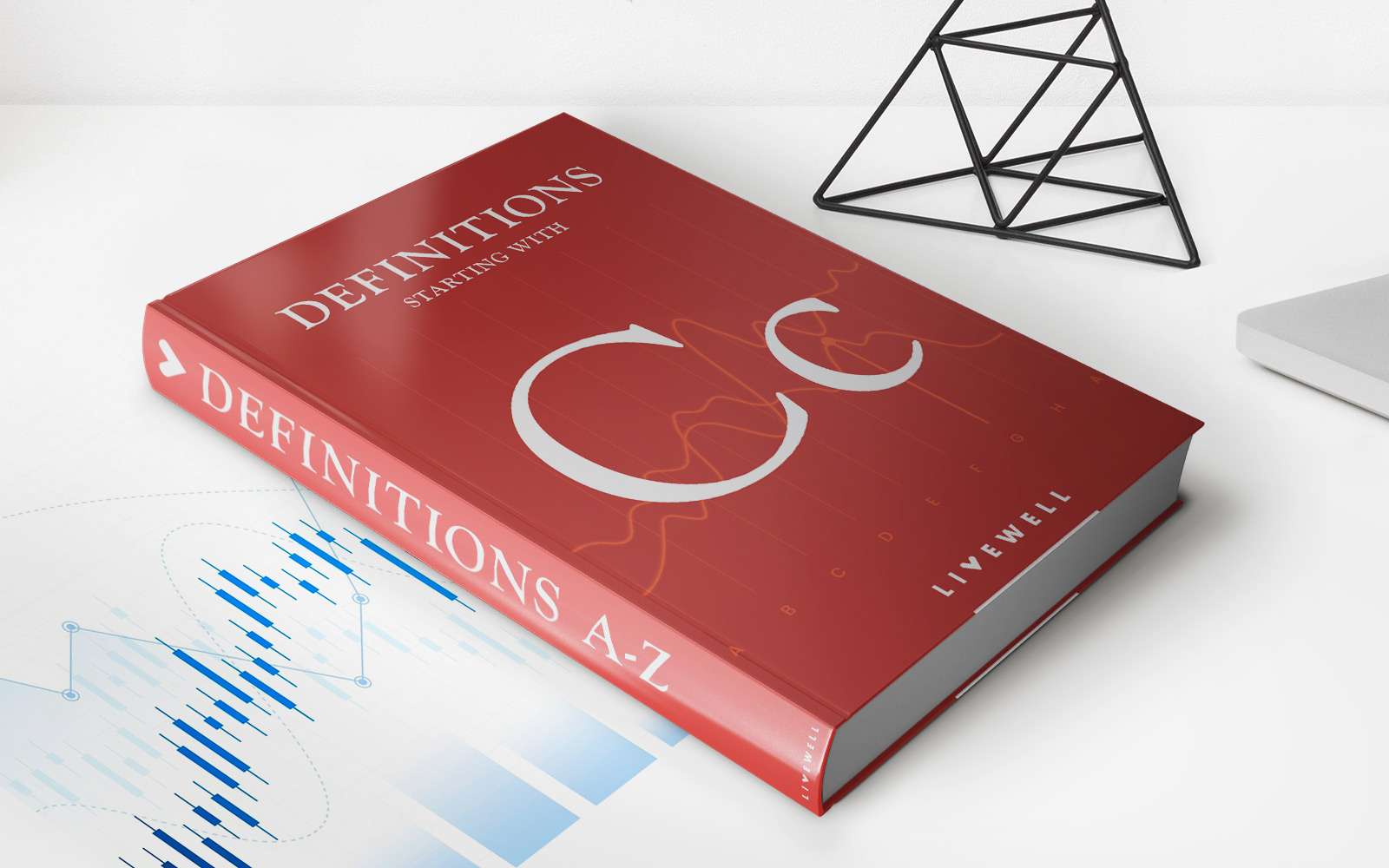Home>Finance>Alternative Minimum Tax (AMT) Definition, How It Works
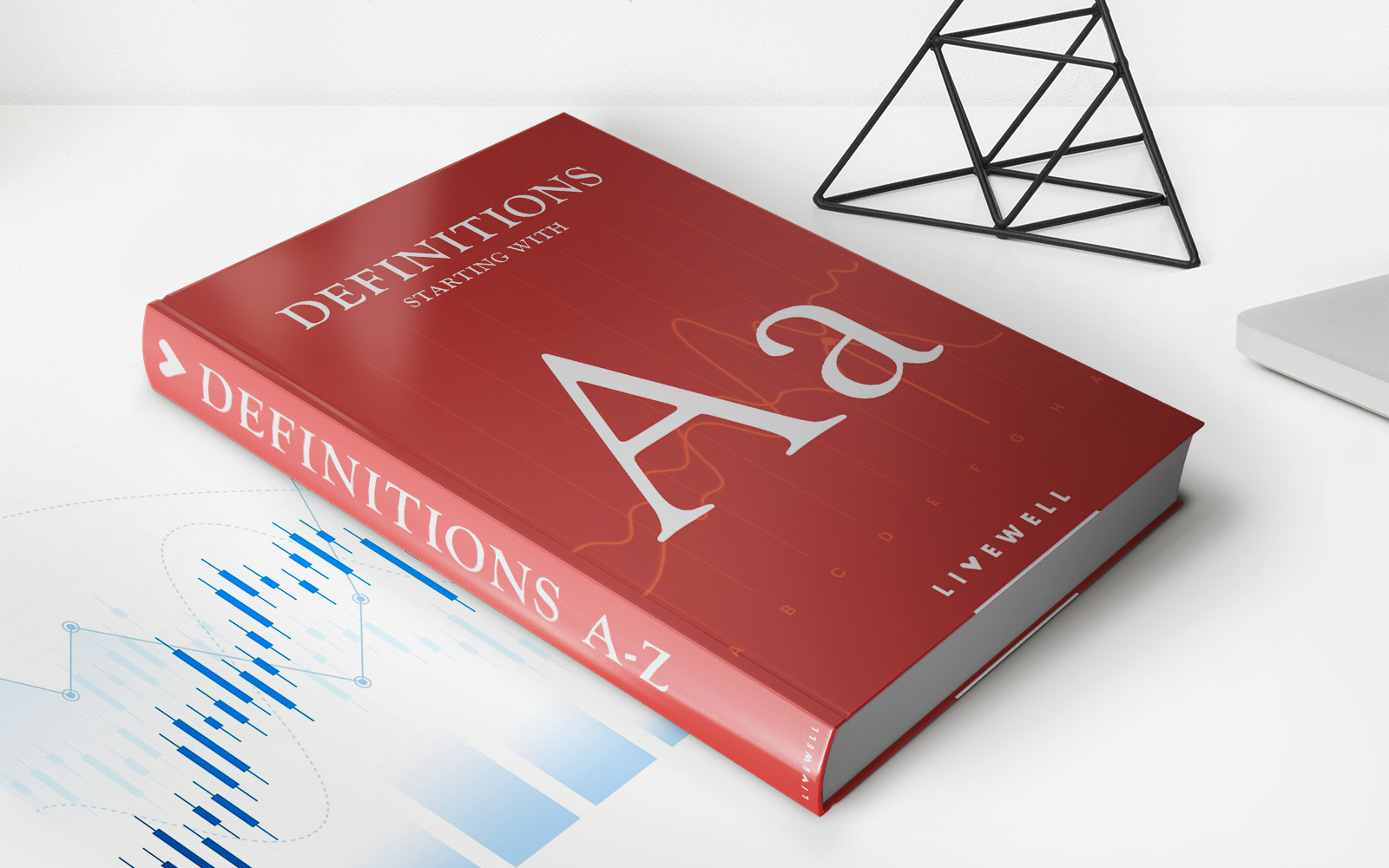

Finance
Alternative Minimum Tax (AMT) Definition, How It Works
Published: October 6, 2023
Learn the Definition and Functionality of Alternative Minimum Tax (AMT) in Finance. Understand How AMT Works and its Impact on Your Taxes.
(Many of the links in this article redirect to a specific reviewed product. Your purchase of these products through affiliate links helps to generate commission for LiveWell, at no extra cost. Learn more)
Understanding Alternative Minimum Tax (AMT): Definition and How It Works
Are you familiar with Alternative Minimum Tax (AMT)? If not, don’t worry, you’re not alone. The AMT is a complex part of the tax code that often confuses taxpayers. In this blog post, we will explain what the AMT is, how it works, and why it matters for your personal finance.
Key Takeaways:
- The Alternative Minimum Tax (AMT) is a parallel tax system designed to ensure that high-income individuals and corporations pay a minimum amount of tax.
- The AMT is calculated by adding certain tax preferences and adjustments back to your regular taxable income, which can result in a higher tax liability.
What is Alternative Minimum Tax (AMT)?
The Alternative Minimum Tax (AMT) is a tax system that operates parallel to the regular income tax system in the United States. Its purpose is to ensure that high-income individuals and corporations pay a minimum level of tax, regardless of allowable deductions and exemptions. The AMT was initially implemented in 1969 to address the issue of high-income taxpayers using deductions and loopholes to avoid paying their fair share of taxes.

How does the AMT Work?
In order to calculate the AMT, you need to determine your alternative minimum taxable income (AMTI). Start with your regular taxable income and then apply certain adjustments and tax preference items, such as depreciation on certain assets, tax-exempt interest, and certain deductions that are not allowed under the regular tax system. The resulting AMTI is then subject to the AMT tax rates.
The AMT operates on a two-tier tax rate structure – 26% for the first tier and 28% for the second tier. However, certain exemptions and deductions can reduce the tax liability under the AMT system. It’s important to note that the AMT system has its own set of rules and calculations, which means that you may need to complete an additional tax form (Form 6251) during tax season.
What Does the AMT Mean for Your Personal Finances?
The Alternative Minimum Tax can have a significant impact on your personal finances, especially if you fall into a higher income bracket or have a large number of tax preference items. It’s crucial to understand how the AMT works to effectively plan your tax strategy and avoid any surprises come tax season.
Here are a few key considerations and implications of the AMT:
- Higher Tax Liability: The AMT system often results in a higher tax liability compared to the regular tax system. This can be particularly burdensome if you’re not prepared for the potential increase.
- Eliminated Deductions: Certain deductions that are allowed under the regular tax system may be disallowed under the AMT. This means you may lose out on valuable deductions that could lower your overall tax liability.
- Tax Planning: It’s crucial to engage in strategic tax planning to minimize your exposure to the AMT. Working with a qualified tax advisor can help you navigate the complexities of the AMT and find opportunities for tax efficiency.
Understanding the Alternative Minimum Tax (AMT) is essential for any individual or corporation with a higher income. By familiarizing yourself with the AMT system and seeking professional advice, you can optimize your tax strategy and potentially reduce your tax liability.
